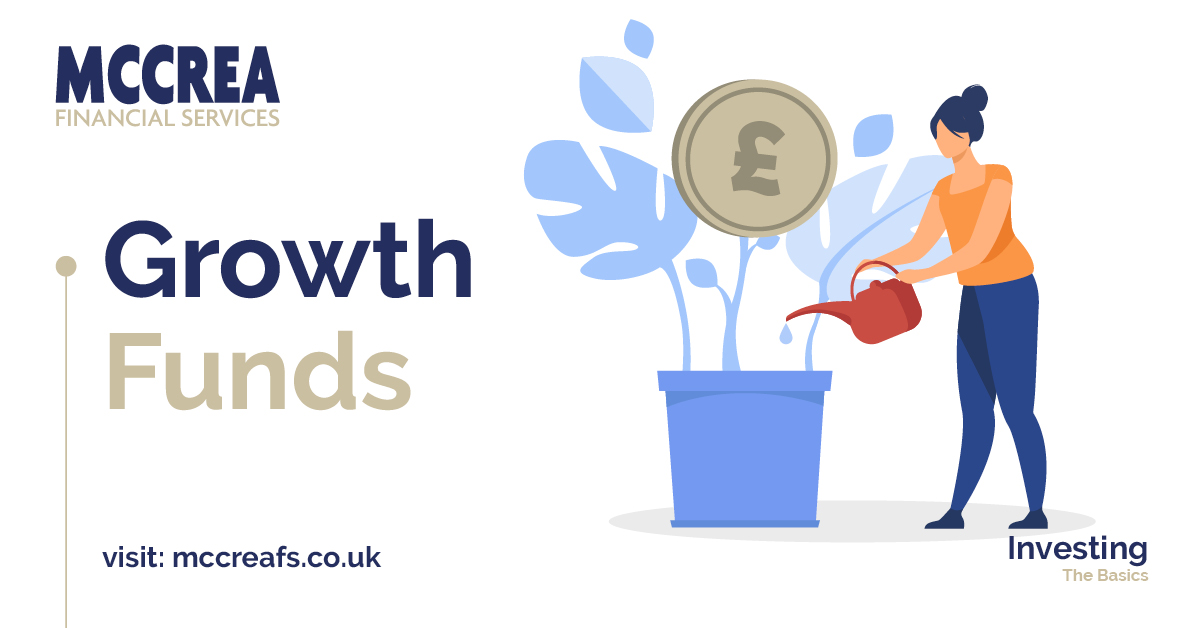Investment Basics Part Two: Growth Funds
It’s vital to be well-informed before making decisions on your financial future. Our Investment Basics mini-series is here to guide you through the most common personal investment options.
In our first instalment we examined Investment Funds, which pool your money with other savers’ contributions to make diversified investments in the stock market.
In this issue, we look at growth funds and the role they can play in a balanced portfolio.
What are growth funds?

Like income funds, growth funds are another type of investment fund. Unlike income funds, however, growth funds do not target short-term dividends.
Growth funds look to make investments in companies which offer a good prospect of growing over time, increasing their revenues and profits as they do so. Instead of paying shareholder dividends like companies in income funds, companies in growth funds tend to reinvest profit into the business in order to fuel growth. Growth funds frequently feature more small and medium-sized companies with potential for expansion, rather than bigger household names.
When designing your personal investment strategy, our advisers can help you identify the type of funds that are right for you. Growth funds can be for longer-term investment, meaning that they can be suited to those just starting out on their investment journey or planning longer term. During our regular client reviews, we assess many areas of your planning including the investment strategy and whether any changes should be made. An example would be moving funds to produce income to provide funds in retirement.
Wherever you are in your investment planning journey, our award winning team can help you chart a course towards your financial goals. Why not arrange a free no-obligation chat on your investment options today; 15 minutes could change the way you think about your investments.
Next Up: Income Funds
